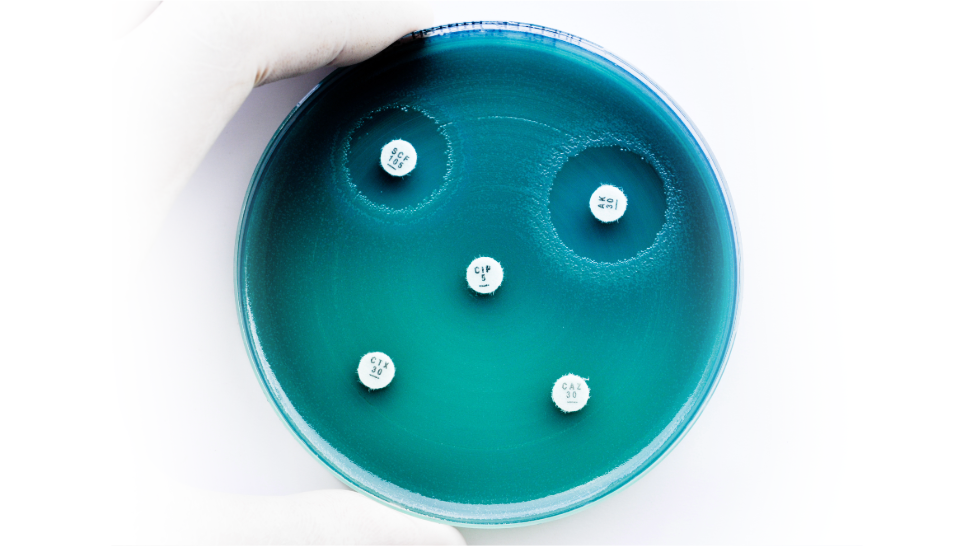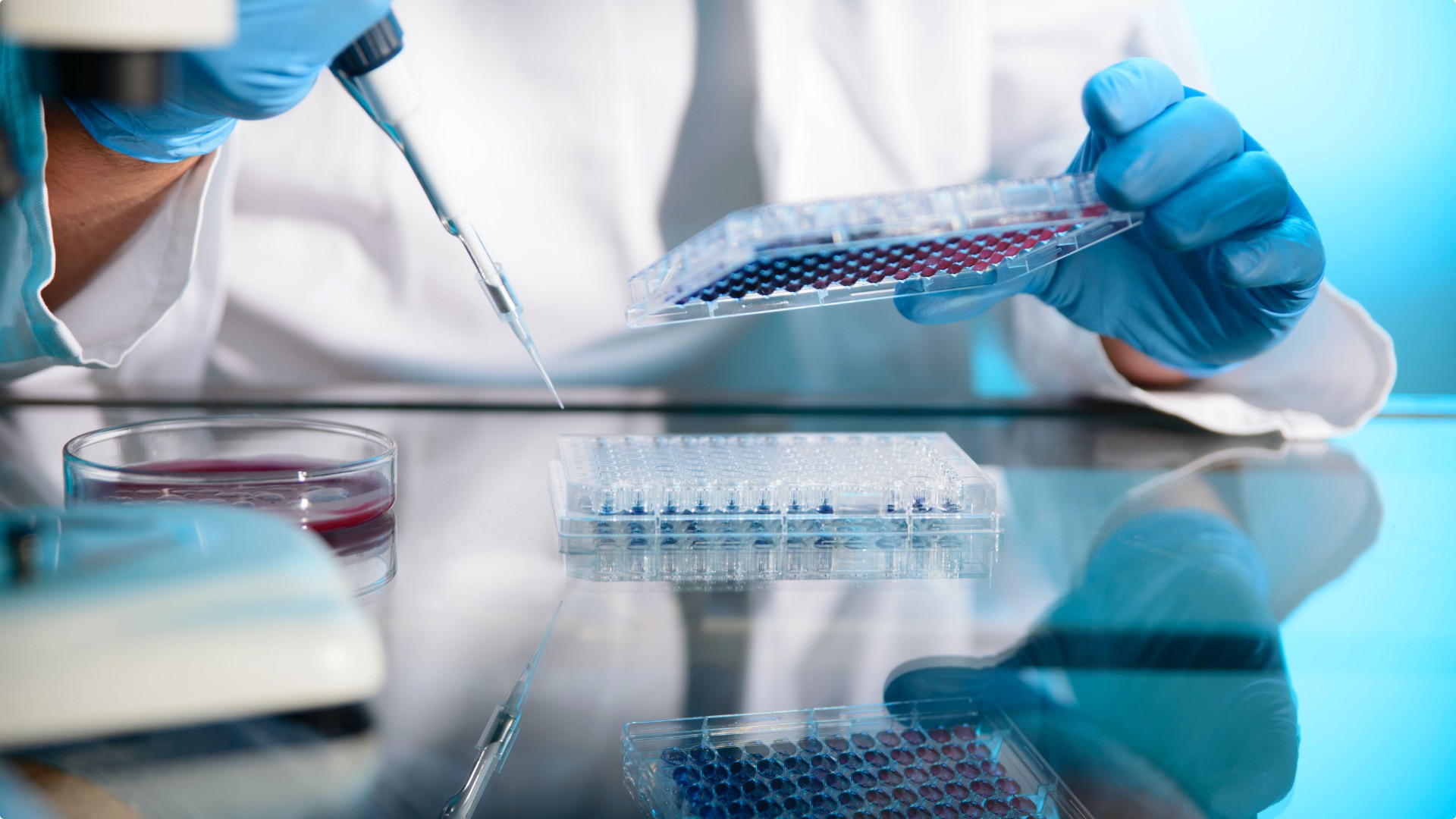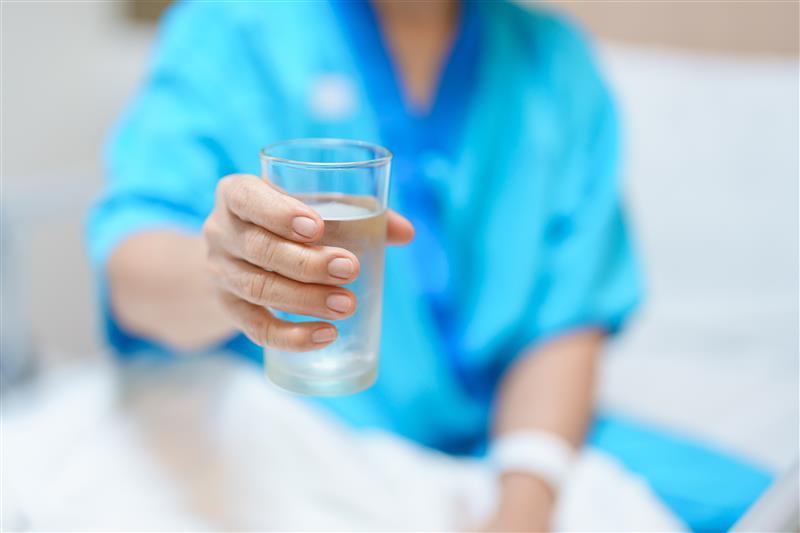Effective Detection of Pseudomonas in Hospitals: The Phantom Threat
Although Pseudomonas is not one of the microbiological parameters most commonly associated with drinking water analysis, it is in water for use in hospitals or healthcare centers. This is especially true in intensive care units, due to the risk this pathogen can pose to immunocompromised individuals.
The risk of this opportunistic bacterium lies in its ability to survive and spread; it is found naturally in the environment, in lakes and rivers, and has more than 120 species. One of them, P. aeruginosa, is primarily responsible for causing infections of the respiratory and urinary tracts, as well as the skin, eyes, and ears.

If you are interested in learning more about this protocol in accordance with the ISO method, we recommend watching our partner’s webinar; CondalabTalk on Drinking water: what microbiological analysis should I carry out?
And if you need more information about the products, please do not hesitate to contact us.




